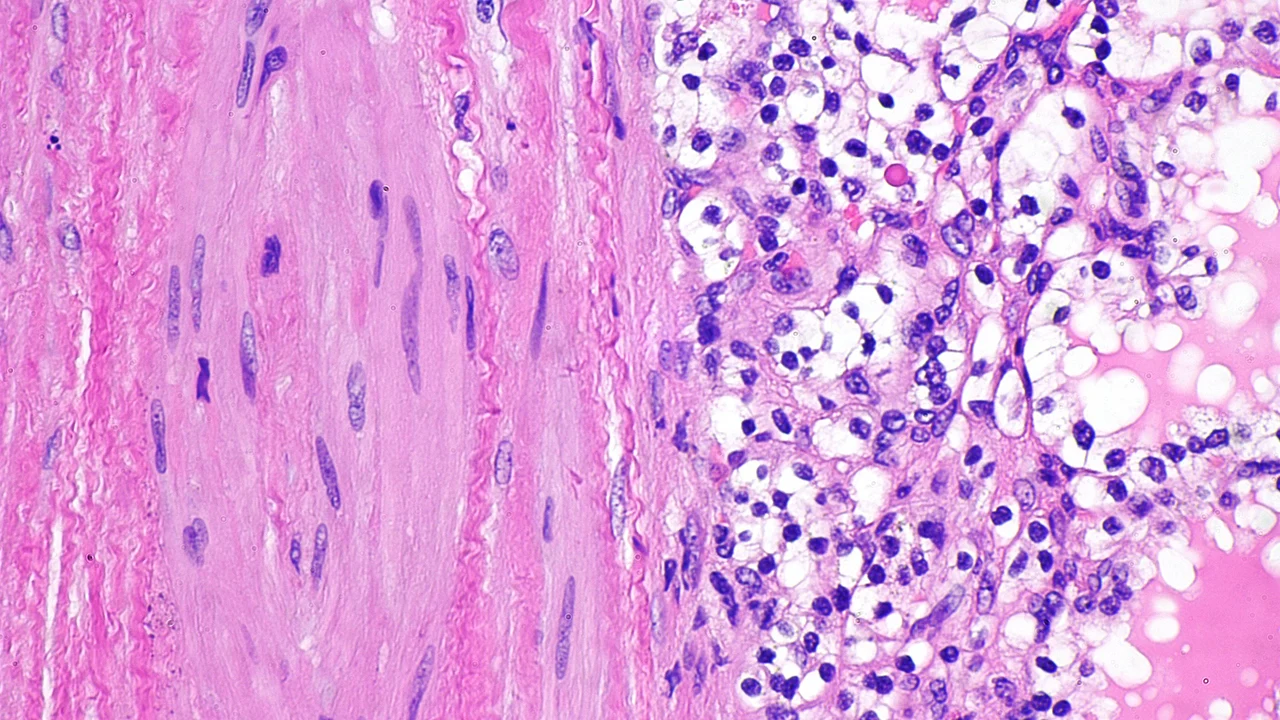Physical Therapy Benefits for Advanced Renal Cell Carcinoma – November 2023 Highlights
If you or someone you know is battling advanced renal cell carcinoma, you’ve probably heard a lot about chemo and surgery. But have you considered how moving your body can actually help fight the disease? Physical therapy isn’t just an after‑thought; it’s a core part of staying strong while treatments roll in.
Why Physical Therapy Matters
First off, physical therapy tackles pain at its source. Guided exercises improve circulation and release tension, which can soften the aches that come from both the tumor and the treatment side‑effects. Think of it like a gentle reset button for your nervous system.
Second, strength matters more than you think. Even small gains in muscle mass keep daily tasks doable—whether it’s climbing stairs or lifting groceries. When you can handle everyday chores, you feel less dependent and more in control.
Third, quality of life gets a real boost. A routine that includes stretching, balance drills, and light resistance work gives the mind something positive to focus on. It shifts attention away from the disease and toward what your body can achieve right now.
Practical Tips for Patients
Start slow. Talk with a licensed physical therapist who knows oncology care. They’ll design a plan that respects your energy levels, treatment schedule, and any medical restrictions.
Focus on three key areas: flexibility, strength, and endurance. Simple moves like seated leg lifts, gentle yoga poses, or short walks can be done in 10‑15 minutes a day. Consistency beats intensity for most patients.
Listen to your body. If you feel a sharp pain or unusual fatigue, pause the activity and let your therapist know. Adjustments are part of the process; you’re not expected to push through everything.
Stay hydrated and fuel up with protein‑rich foods. Muscles need nutrition to repair after each session, so a balanced diet supports your therapy gains.
Track progress. Write down how many minutes you exercised, which movements felt good, and any changes in pain or mood. Seeing small improvements on paper can be incredibly motivating.
If you’re in a hospital or clinic, ask about group classes tailored for cancer patients. The camaraderie of fellow fighters adds an emotional lift that solo workouts often miss.
Finally, remember that physical therapy is a partnership. Your therapist isn’t just giving instructions; they’re monitoring how treatments affect your body and tweaking the plan accordingly. This back‑and‑forth ensures you stay safe while still moving forward.
Bottom line: Physical therapy can be a game‑changer for advanced renal cell carcinoma patients. It eases pain, builds strength, and lifts spirits—all without demanding intense gym sessions. Give it a try, talk to your care team, and see how a few minutes of movement each day can make a big difference in your cancer journey.
The Benefits of Physical Therapy for Advanced Renal Cell Carcinoma Patients
As someone who has personally seen the effects of advanced renal cell carcinoma, I cannot overstate the importance of physical therapy in the treatment process. This article will explore how therapeutic exercises can help to manage pain, increase strength, and improve quality of life for these patients. It's not just about medical treatments - a holistic approach combining physical therapy can make a significant difference. Dive in to grasp a better understanding of this approach in managing advanced renal cell carcinoma.
© 2026. All rights reserved.

